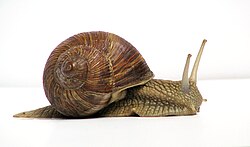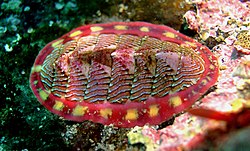Wikijunior:Extinct Birds/Labrador Duck

The Camptorhynchus labradorius (Labrador Duck) is a North American bird which went extinct in 1875/1878. It was already a rare duck before European settlers arrived and decreased the population. Since they are extinct, we do not have a lot of information on Labrador Ducks. But we still managed to get a good grab of information on Labrador Ducks, such as it's habitat, characteristics, and the reason why the Labrador Ducks went extinct.
Extinction
[edit | edit source]
The Labrador ducks went extinct due to food shortages (little to no shellfish and crustaceans, which are the main duck's food). Hunting was most likely not the case, as the duck tasted horribly and would rot quickly.
Characteristics
[edit | edit source]- Long bills (for scooping up their prey)
- Usually brown, maybe white/dark on the head.
- They had a short, but thick neck (to possibly help them to swallow their prey).
- Their feet were short (somewhat like a frog).
- Tail was brownish black.
Habitat
[edit | edit source]This extinct species was only found in North America, specifically Nova Scotia South to the Chesapeake Bay, USA. These birds can be found in sandy/watery-like habitats, specifically bays, lakes, inlets, harbours, and estuaries.
Food
[edit | edit source]

The Labrador Duck ate small mollusks, shellfish, and crustaceans, as the bill shape suggests. It may have also eaten snails to survive if they didn't have mollusks or shellfish around. Most of these foods are found in lakes, bays, and inlets. This is why Labrador Ducks were found in areas like lakes and bays.
The shellfish and crustaceans would be usually found in shallow water, while the snails could be found on the wet sand (from the water areas, or when it has rain).
Sources
[edit | edit source]- "All About Birds.": Labrador Duck. Cornell Laboratory of Ornithology, 2007. Web. 07 Feb. 2015.
- "Labrador Duck." . N.p., n.d. Web. 07 Feb. 2015.
- "Recently Extinct Animals - Species Info - Labrador Duck." Recently Extinct Animals - Species Info - Labrador Duck. The Extinction Website, 4th June 2008. Web. 07 Feb. 2015.
